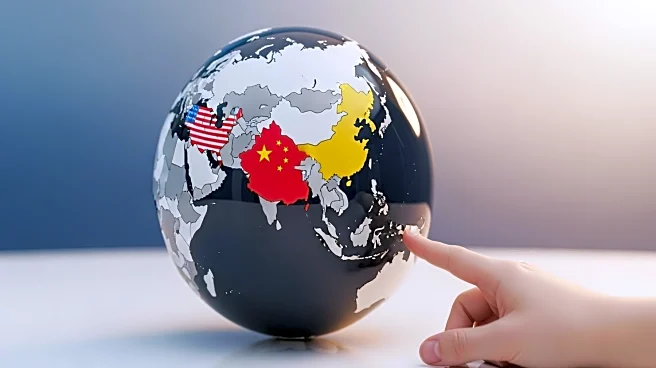What's Happening?
Destination fees for vehicles are increasing as rising costs begin to appear on window stickers. Analysts suggest that tariff costs are contributing to this surge, affecting the pricing strategies of automotive brands. The industry is facing challenges
from disasters, disruptions, and political factors, which are influencing the cost structure of vehicle manufacturing and distribution. As brands adjust to these economic pressures, consumers may see higher costs reflected in the final price of vehicles.
Why It's Important?
The increase in destination fees highlights the broader impact of tariff pressures on the automotive industry. As manufacturers navigate these economic challenges, the cost of vehicles may rise, affecting consumer purchasing decisions and market dynamics. This situation underscores the interconnectedness of global trade policies and domestic pricing strategies, with potential implications for industry competitiveness and consumer affordability.
What's Next?
Automotive brands may need to reassess their pricing strategies and supply chain management to mitigate the impact of rising costs. This could involve exploring alternative sourcing options or negotiating tariff relief to stabilize pricing. The industry will continue to monitor economic conditions and trade policies to adapt to these challenges and maintain market competitiveness.













